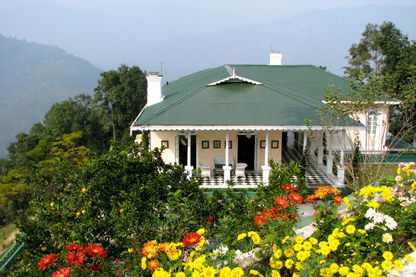Introduction
The Himalayas, a 1,800-mile mass of white-tipped peaks and glacial valleys, runs from Afghanistan, along the northern borders of India and Nepal and into remote southwest China. But, amid this mass of rock, ice and snow, verdant valleys sustain some of the Subcontinent's remotest communities, from colonial hill stations to villages hidden among the tea plantations.
A land of giants
This ‘abode of snow’, which straddles the edge of the Tibetan Plateau and is enclosed by the Indus and Brahmaputra rivers, has profoundly shaped the cultures of South Asia and many of its peaks are sacred in Hinduism, Buddhism and Sikhism. Some of the Himalaya’s mightiest peaks can be found within India’s borders, including Kanchenjunga, which at 8,586m is the third highest mountain on earth.

Hill stations
India’s peaceful hill stations offer a welcome respite from the heat of the plains and a fascinating glimpse of life at the foot of the world’s greatest mountain range. Shimla, a perennial favourite reached via the narrow-gauge Kalka-Shimla Railway, was once the summer capital of the British Raj. And, to this day the town retains a distinctly English atmosphere, its colonial-era buildings clinging to the mountainside. To the east, the acclaimed tea growing region of Darjeeling has a considerable Tibetan presence and offers some spectacular trekking routes while the remote state of Sikkim, with its atmospheric monasteries, rhododendron-clad valleys and spectacular views of Kanchenjunga, is more off-the-beaten track, but no less appealing.
















